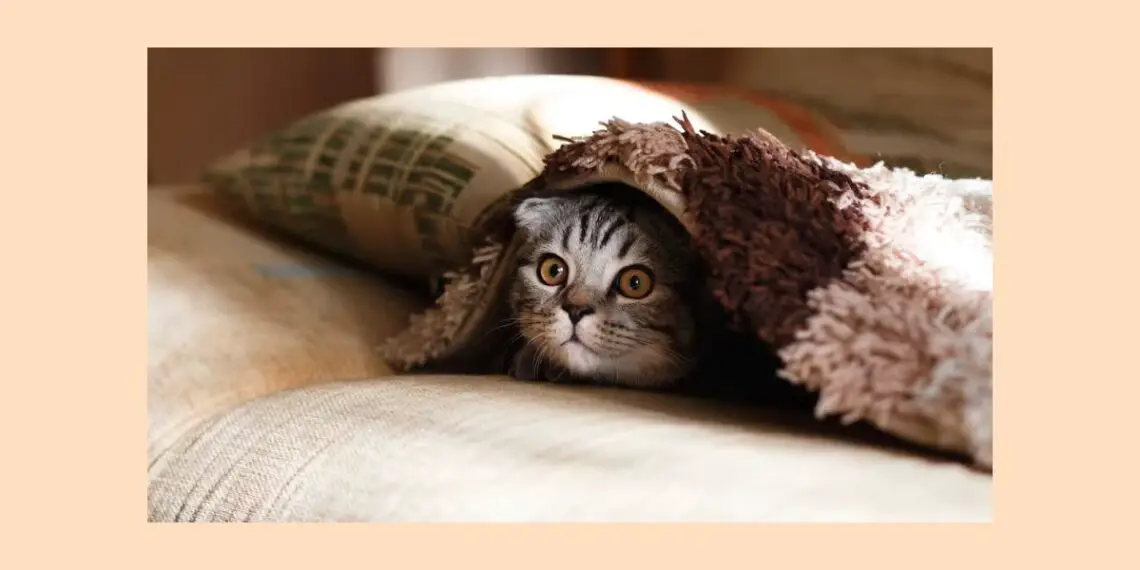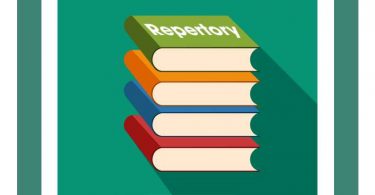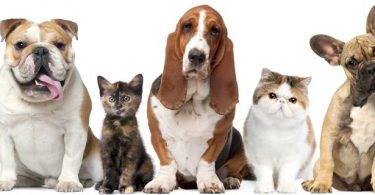“Dr. Zeberio reveals the existence of positive and negative particles coming from thoughts and words, and which are derived from emotions human beings feel daily, and which remain suspended in the environment we inhabit”.
The article was translated by Katja Schuett and Alan Schmukler.
Summary
In this article, which was presented at the Athenaeum by the veterinarian medical chair [A.M.H.A] in 2002, we, the authors, tried to demonstrate the important role that the human nuclear family plays in the health of the animal patient, canine or feline, who lives with them. We also mention the research carried out in the field of Energetic Anthropology, a new science that has developed in the country over the last seventy years.
Introduction
Pets, the ancient companions, occupy a prominent place within the human family, being considered as another child in most cases. They fill the huge emptiness induced by loneliness, assume the place of the ideal couple, or allow people to express an unrealized maternity or paternity, and are, without doubt, unconditional friends who always listen to us, being ready to enlarge our image and mimic the way we are, to meet the human needs of identifying with our “possessions“.
Over the years of practice we have noticed that pets become, to say it in the clearest way, an “External Organ of Somatization”. Like a sponge they absorb the negative and positive emotions and somaticize according to their idiosyncrasy. Also, in a small percentage of cases, they suffer from the same or similar symptoms as the humans with whom they live together.
The only child or a further child
From birth to old age, dogs and cats have a different degree of dependency, submission, mimicry and obedience, amongst other characteristics, which we also find in humans. But we humans accomplish the separation from the nuclear family at a certain age, whereby each individual achieves independency and ceases to be a child. For our pets, dependency is permanent, being eternal children who are always in need of our care for their survival, so we are their Guardians For Life. The eternal child is like a sponge. Being a huge recipient of all emotions and energies in the family therefore requires that we study them within and in relation to their nuclear family.
We cannot separate our patient from the environment in which he lives. To separate would mean to see just a part of the problem and to remove ourselves from the totality or holistic concept which a true medicine should contemplate. It is our view that to understand the profound suffering of each individual or patient in particular, it is much better to study animals in the house or apartment where they live, to realize a consultation with a “systemic” approach which involves all family members of the pathological process from which our non-human companion suffers.
The nuclear family

The family functions as a “system” in which each person acts and relates closely to others. When an element within this closed system is out of balance, it changes, and consequently generates a change in the other’s role. In many cases this new role is adopted by the pet, demonstrating the lack of harmony. In some situations when changes of role occur, someone can assume the family pathology, becoming the “Valve” or “Symptom” which expresses the problem common to all members.
We have observed in some families that the animal is the escape “valve” for the emotions their guardians have not been aware of. Our pets, who are extremely vulnerable and without any possibilities to defend themselves, absorb the emotions rapidly, thus becoming the victims of family conflicts.
In one of our cases, our female patient suffered from a nervous attack at home after having tried all morning to collect some remaining money due to financial restrictions. She lives alone with her cat which presented the exteriorization of her anger, strained nerves and other negative emotions. At the end of the conflict she reported that the cat started to “cramp without any apparent cause” and she was very frightened because the cat never had this symptom before.
Another similar case is that of a dog who lived with a family. On the 20th of December in 2001, the national day of “Cacerolazo”, all family members left to participate in the event, from which they returned very angry. On this day the dog had his first convulsion, and since then the veterinarian prescribed anticonvulsive medicines for the attacks which occurred once a month. Curiously enough, when the family went on vacation and the dog stayed with the grandmother, he was in very good spirits and had no convulsive episodes.
These cases highlight the close interaction existing between human beings and their pets.
Who is the external organ of somatization ?
The element of the system that occupies the place of the “Valve/Symptom” expresses the family pathology, or that of the single person with whom the animal lives. The animal thereby takes charge of the emotions or external conflicts, and may express these as somatization. If our patient lives with a guardian in apparent health, without organic symptoms, he’ll only absorb the emotional and energetic imbalance, but if he is in close contact with a person suffering from a particular pathology such as cancer, then he can mimic them and even suffer from the same disease as we have seen in several cases.
Possible explications of this phenomenon
- From the viewpoint of homeopathy: Miasmatic Imprint
Miasmatic imprint refers to the immaterial or energetic contagion of a particular pathological state. Dr. Kent wrote in his book “Homeopathic Philosophy and Lesser Writings” about the possibility of contagion between spouses when no infectious lesion has been present. How can one explain Kent’s observation given the actual knowledge of diseases? What is being transmitted when the corresponding germs aren’t present with lesions?
Note: It isn’t surprising when we observe similarity in the way of walking, gestures, tone of voice or attitudes found in couples after having spent a lifetime together, and in some cases they may even suffer from the same non-contagious diseases. Is this due to energetic imprint which manifests on a very subtle level, (tone of voice), to more profound levels, and which can express as organic symptoms?
- From the viewpoint of psychology : Emotional imprint
When incorporating pets into homes, away from nature, in the midst of the great concrete jungle, our patients are forced to live in apartments or houses where they can’t express the necessities typical for their species. Obviously they depend on their guardians, behaving like an approximately three year old child until their final days. When considering cats or dogs as another child, or the only child of the nuclear family, the following characteristics of humans can be observed: addiction, dependency, obedience, identification, mimicry, etc. These characteristics provide an advantage when living with people and allow them to live with the rules and standards of the family.
In psychology the relation between a mother and her child has been studied meticulously. Some evidence supports the idea of a very strong emotional fusion which leads to bonding and then separation in the course of years, and presenting a very deep fissure at the age of three of the child.
When experiencing this emotional fusion, all that the mother isn’t aware of or can’t take charge of, the child is acting out or experiences, in this way absorbing the unconscious of the mother. Thus, the pet or eternal child also takes permanent charge of their guardian’s emotions. The mirror phenomenon which reflects our “shadow” is evidenced here. Others may manifest somatic symptoms when experiencing emotions which they do not have the necessary tools to metabolize. This is clearly demonstrated in the case of a sad mother who tries to hide her sadness but whose baby doesn’t stop crying or gets ill and cries her mother’s tears, or gets her physical symptoms.
- From the viewpoint of energetic anthropology:
Energetic anthropology was established by Dr. Jose Tomas Zeberio, who after 70 years of uninterrupted investigations, revealed many mysteries about life and the energy component of human beings, and other animals and plants. Energetic Anthropology is the search for the origin of psychology and the thoughts of a biological mass. Psychology is what gives movement to this mass. This mass has impregnated memories, experiences, and sensations, which can be painful and/or pleasant, and which constitute the necessary material to know from where the life of this mass, called body mass, comes from. With regard to thoughts, these act in accordance with sensations perceived by the body mass, and which might be pleasant or not agreeable.
In his book “The Laws Of Creative Evolution” the explication for the described phenomenon of the “external organ of somatization” can be found. Dr. Zeberio reveals the existence of positive and negative particles coming from thoughts and words, and which are derived from emotions human beings feel daily, and which remain suspended in the environment we inhabit. This environmental energy created by a human being, is invisible to the simple observer but can be felt by anyone. Often there are places whose first contact causes a rejection in us and it is usually said that these have a “bad energy”, or, when entering a house where there has been a discussion and the atmosphere is so tense that it can be “cut with a knife”.
These particles are deposited principally in cats, in the form of an active magnetic band that runs along the spine. This band is like an electromagnetic field in which the positive and negative particles of their guardian accumulate. Subsequently these particles enter the organism through cones or vortices and localize in different organs where they produce different types of symptoms depending from the nature of the particle.
Pets are positively or negatively affected by the particles that are suspended in the places where they live, and which depend directly on the harmony or disharmony of their guardian or nuclear family which surround it. Therefore it is so important that people who care for other animals are aware of this, in order to understand that the state of health of their pet does not only depend on the successful treatment by the veterinarian.
In the light of current knowledge the above description may seem almost incredible. Indeed, Dr. Zeberio’s teachings are advanced for this time as were those of many other people in history who were discriminated against although their scientific contributions were the foundations for science, as was the case with Galileo Galilei. Who would deny nowadays that the earth is round?
- From the viewpoint of veterinary medicine:
Here follow observations of the veterinarian Richard Pitcairn in his book “Natural Health For Dogs & Cats”. In chapter 10, Human Emotions and Animal Psyches, Dr. Pitcairn analyzes some cases in which no treatment was successful, which motivated him to consider the possible influence of the psychological attitude of the persons on the health of their dogs and cats.
A – Dogs and cats suffer from the same health problems as their guardians:
Dogs scratch themselves when their guardians do; a fat dog has an obese partner. Other animals are more idiosyncratic like the cat who suffered from circulatory problems similar to those of his guardian, and the dog that started to cough in inexplicable ways shortly after his guardian had an asthma attack. Or another cat who had a stubborn sinus infection and whose owner, coincidentally, suffered from the same nasal problem.
B – Animals who precisely get the disease their human family fears to get.
In this case the animal seems to replicate patterns or beliefs of their guardian. A client’s dog was dying of a renal disease from which all other dogs and cats he previously had, also died. Again it happened that what he feared so much occurred. Telepathy?
C – Animals whose problems aggravate due to emotional tensions arising between family members.
Dogs and cats can be very sensitive to the conflicts that arise in the family, not realizing that they have nothing to do with the problem. In the book “The Animal Tells me”, B. Lydecker describes the case of a dachshund dog who chewed and clawed himself whenever his guardians had a dispute and he felt frustrated due to the feeling of abandonment. When the couple understood the situation and considered the dispositions of the case the chronic itching skin affection disappeared.
Affinities human/animals:
How are the numerous examples of animals reflecting the mental and physical health of the human companions to be explained? Is this a coincidence or is there more to it? If we want to understand this phenomenon we need to know the existing links between human and animals. For them the world is limited to the family, and perhaps some dogs, cats and neighborhood children. When forming bonds of dependency, called “imprinting effects” by biologists, our animal companion becomes an individual highly susceptible to everything around him.
Conclusions
To approach the truth we always have to consider the multiplicity of factors involved or at stake. Veterinarians should not only know the internal medicines for our patients and all their related pathologies, but also the nuclear family in which they develop, recognizing that each family member is an element of the system, and in some cases this is the cause of the disease our partner has learned to suffer from.
Recommendations
- Recognize the influence of the nuclear family on the health of pets and take appropriate measures to promote the harmony of all members.
- Conscientiously perform a homeopathic consultation, because this type of medicine and art to cure is holistic (no part of the body of living beings is separated from the rest). This concept of TOTALITY involves not only the organism but also the surrounding factors which may imbalance an individual. Homeopathy can restore the energetic, emotional and physical imbalance of human beings as well as animals. In some cases the homeopathic simillimum for the guardian may also be indicated for the pathology of our animal companion.
References
GONZÁLEZ, Luis Felipe. Notas personales sobre terapia sistémica. 2002.
GONZÁLEZ, Luis Felipe. Notas personales sobre terapia sistémica. 2002.
GUTMAN, Laura. “Queridas mamás”. Revista número 14, año 2. El cuerpo del niño como manifestación de la realidad emocional de la mamá, junio 1999.
GUTMAN, Laura. “La maternidad y el encuentro con la propia sombra” Ed. Laura Gutman, 2002.
KENT, J. T.” Filosofía Homeopática” Páginas 191-193, Ed. Albatros, 1980.
PITCAIRN, Richard. ” Salud natural para perros y gatos “. Ed. bellaterra, s.a, 1983.
ZEBERIO, José Tomás. ” Las Leyes de la Evolución Creadora “, Antropología Energética, Vol, I y Vol, II, 2000






Thank you for this fascinating article! My wife and I read this and decided never to argue carelessly anymore, especially around our dogs and cats.